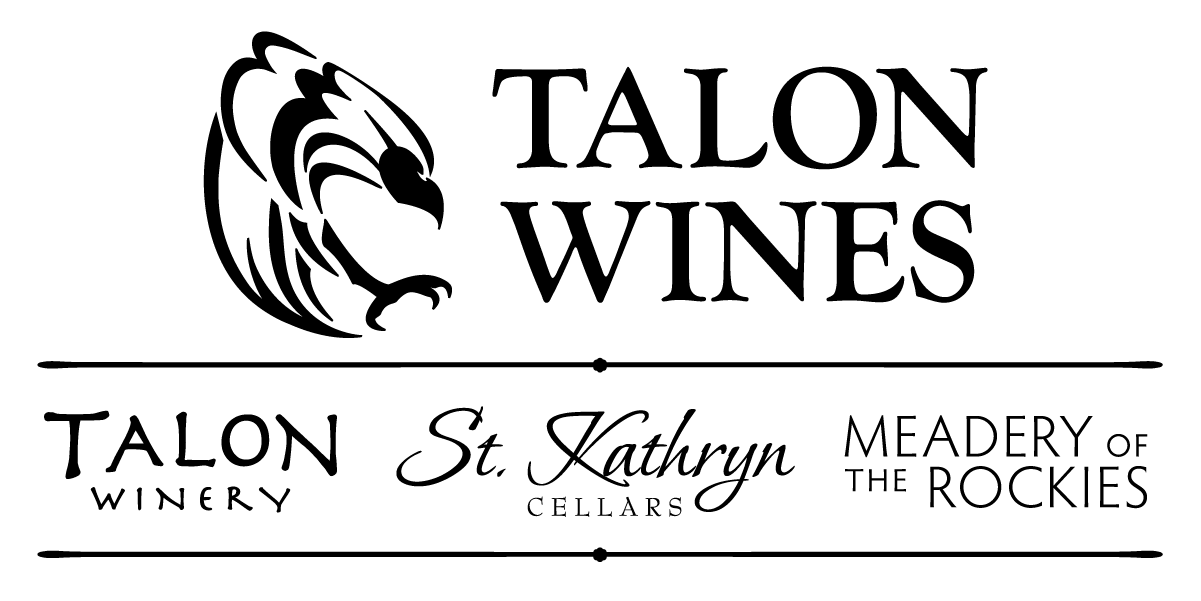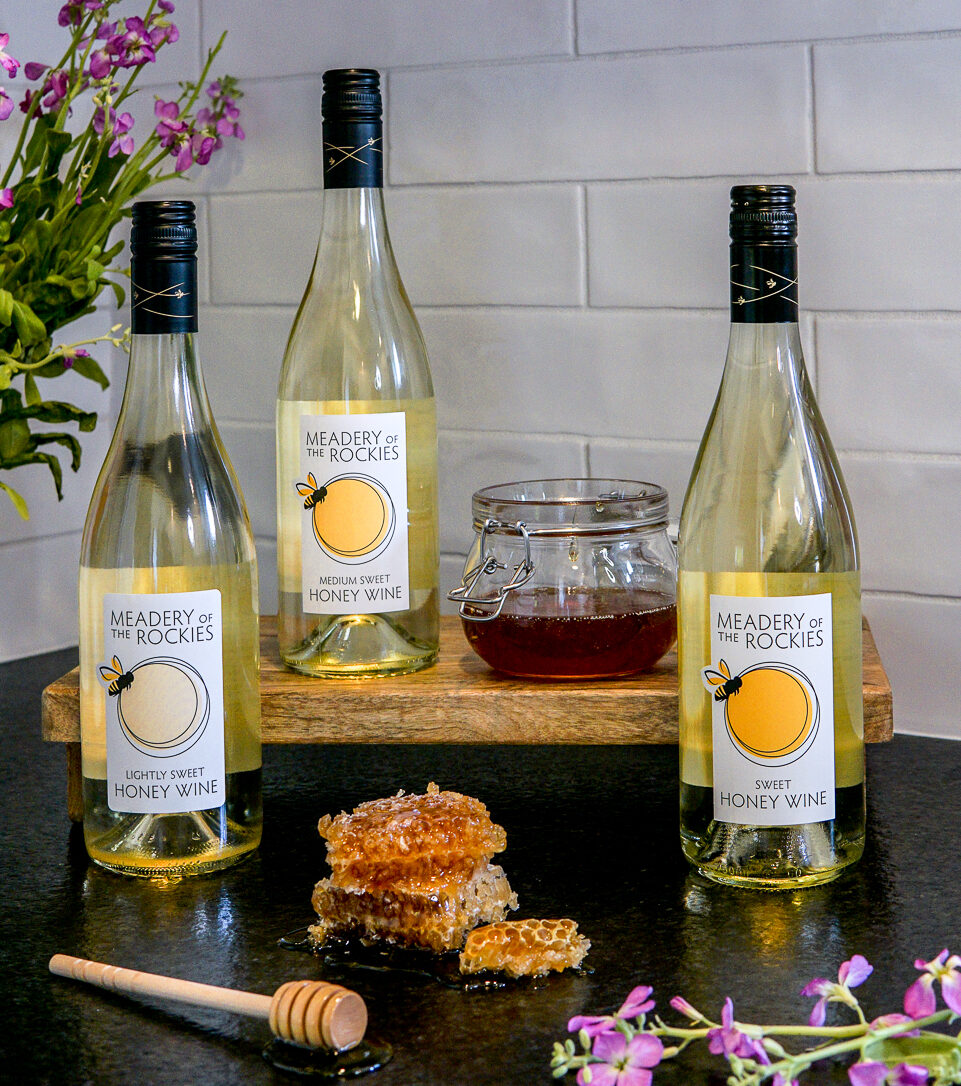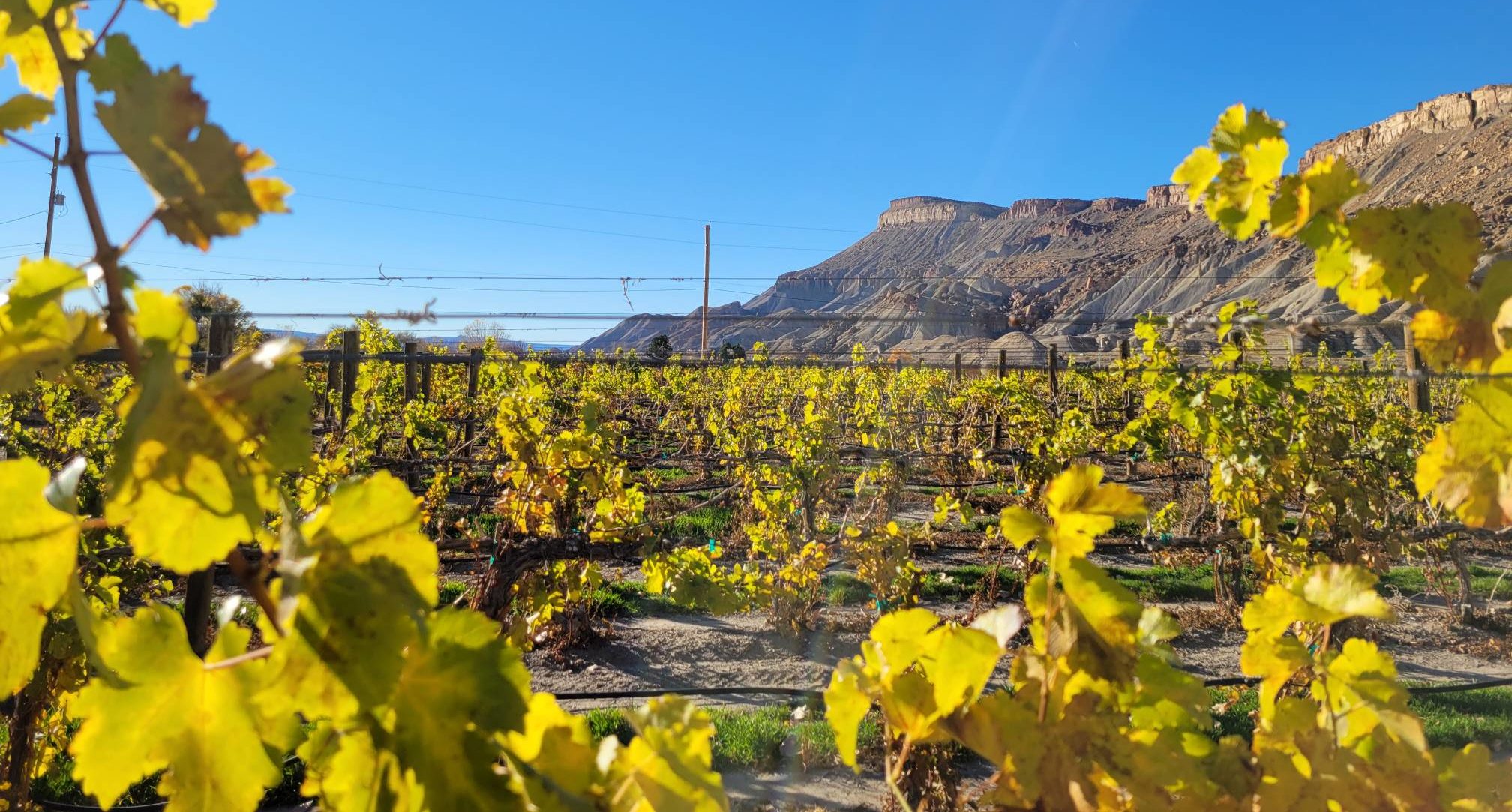All About Wine
One of the world’s oldest and most beloved beverages, wine is often praised for its health benefits, not to mention its variety of tastes. Red wine, a favorite among many, is so beloved that folks travel the world to visit vineyards and wineries to find the best wine, and to participate in grape stomping. From harvesting, to wine benefits, to wine grapes and more, it’s time to learn all about wine.

History of Wine
Archaeological evidence suggests winemaking may have started as long ago as 8000 BC, in what is now known as present day Georgia, Iran, and Armenia. Ancient cultures such as ancient Egypt, Mesopotamia, and Assyria also produced wine, while ancient Rome and Greece so highly prized wine that they helped promote viticulture throughout the Mediterranean and Western Europe. During the Medieval age, wine production grew in Europe, and stayed strong until the 1870s, when disease ravaged most vines. Only the strongest vines survived, and winemaking resurged successfully in France and Italy.
Wines we enjoy today in the Americas are produced from grapes originally from Europe, first brought over by European explorers. These grapes have since mutated genetically (which occurs quickly in grapevines), which means today’s grapes are not identical to the varieties first brought over. Winemaking in the US took a hit during the Prohibition Era but recovered afterward. An interesting fact is that the majority of US wine comes from vineyards planted post Prohibition, making these vineyards nearly 90 years old.
How To Make Wine
Compared to other alcoholic beverages, wine making tends to be a simpler process. How so? Unlike beer, grapes naturally ferment, whereas hops require boiling. Wine requires grapes, and the type of grapes determines the type of wine. Ideally, grapes should be harvested by hand as machinery can be too tough on the fruit. Vintners then sort the grapes by hand to toss out rotten or underripe fruit. Next comes the fun part: crushing. Traditionally performed by foot stomping on the grapes (“pigéage” in French), modern vintners often use mechanical presses to save time, and for sanitary reasons. But don’t fret: there are still places that foot stomp grapes. Boiled down, the general process of how to make wine is harvesting, crushing, fermentation, clarification, aging, and bottling.
Fermentation is basically the process of converting sugars into alcohol. To make red wine, grapes are left with their skins, and depending on the type of wine a vintner wants to produce, will age the wine for several months to several years. Oak or steel barrels are used, depending on a vintner’s preference or which wine they want to achieve. Once a winemaker feels the wine is ready, the wine is then bottled and ready for consumption.

Benefits of Red Wine
When consumed in moderation, there are several health benefits to red wine. Wine grapes contain polyphenolic flavonoids, which are better known as antioxidants. These are molecules that neutralize free radicals, or compounds that can lead to physical harm, damage, disease, and even cancer. Red wine in particular contains more antioxidants than white wine as more grape skins are included in the fermentation process. The most active antioxidants in red wine are quercetins, catechins, and resveratrol, the last known primarily for lowering blood pressure and blood glucose levels. In addition, studies have also shown that resveratrol can help with improved mental health by decreasing the risk for anxiety and depression. Lastly, the antioxidant polyphenol is believed to improve heart health by reducing inflammation and lowering the risk of clotting.
How Much is Red Wine is Healthy?
Any alcoholic beverage should be consumed in moderation, and red wine is no exception. While wine does have some health benefits, these benefits can be easily undone by consuming too much wine. So how much red wine is healthy? The answer depends on an individual’s gender, age, health, and alcohol content of the drink being consumed. Studies from reputable sources, such as the US Department of Health and Human Services and PubMed Central, suggest 1 glass a day for women and 2 glasses a day for men, as the optimal amount to enjoy wine’s health benefits. However, it is important to note the actual amount of alcohol contained in a beverage, referred to as alcohol by volume, or ABV. Wine usually contains 12% ABV per 5 oz. glass; to compare, beer’s ABV is about 5% in a 12 fl. oz. glass. Since wine is served in smaller glasses than beer, folks can easily overconsume the beverage, so sticking to the guidelines above is good advice.

Why is Wine So Popular?
While beer is the most popular alcoholic beverage in the US, wine certainly has its own popularity. Part of wine’s allure is its distinct aesthetic which stems from the winemaking process and wineries, of picturesque vineyards and grape stomping. Wine is also perceived as a classy drink of the sophisticated, and wine indeed looks appealing swirling in a wine glass. Plus, wine is a great way to bring people together, whether its friends touring a winery together or co-workers enjoying a glass a merlot after work.
Grapes Used in Wine
What grapes are used in wine? Table grapes, the grapes you can purchase at the grocery store, are not used in winemaking. The reason is table grapes are a different species from wine grapes, which are specifically for wine making. While table grapes are delicious for eating, they make for poor wine as they have a thin skin. As the fermentation process for winemaking is dependent on grape skins, wine grapes are ideal as they have a thicker skin, while also imparting more tannins and a richer color. The most common wine grapes in the US are merlot, chardonnay, zinfandel, and pinot noir, to name a few: however, there are over a thousand types of grapes used in winemaking all over the world.
Why is Wine Poured Less Than Half Into a Glass?
If you’re not a wine connoisseur, you may wonder why wine is only filled to a third or to half of a wine glass. The reason for low fill is to allow tasters to swirl the wine to release the wine’s aromas, which then gather in the open space above the liquid; enjoying the aroma as well as the taste is all a part and tradition of the wine experience.




